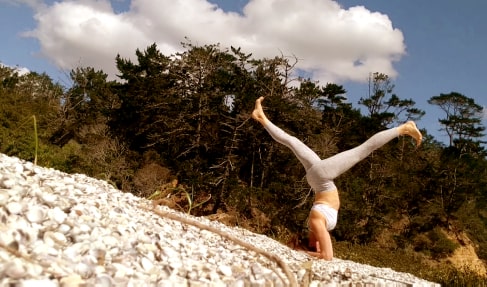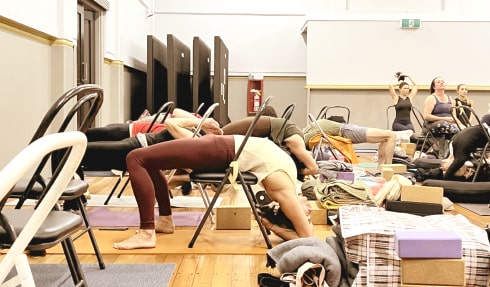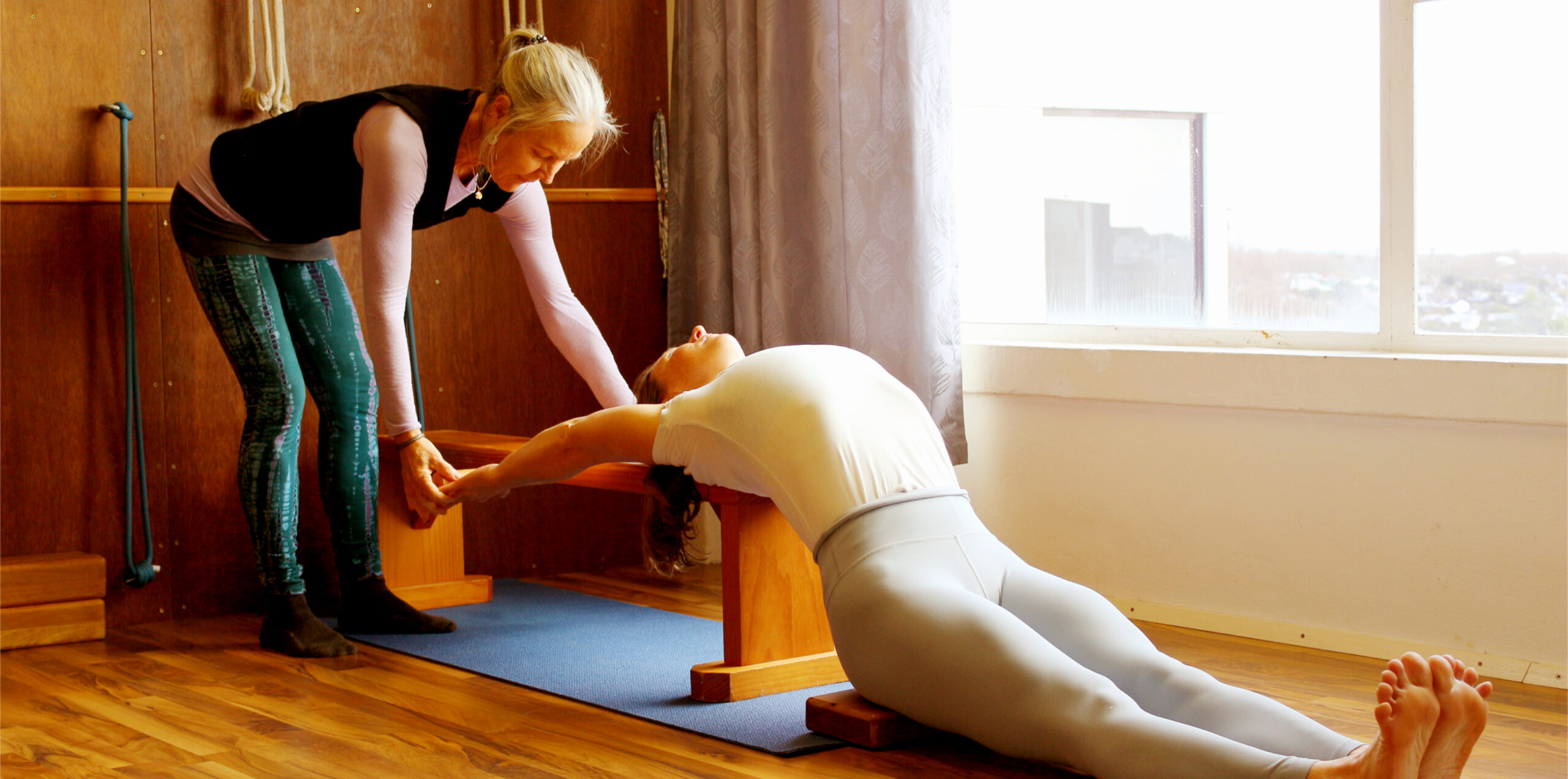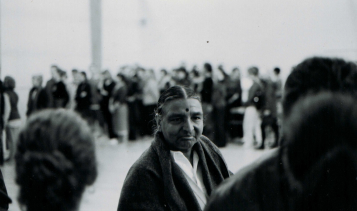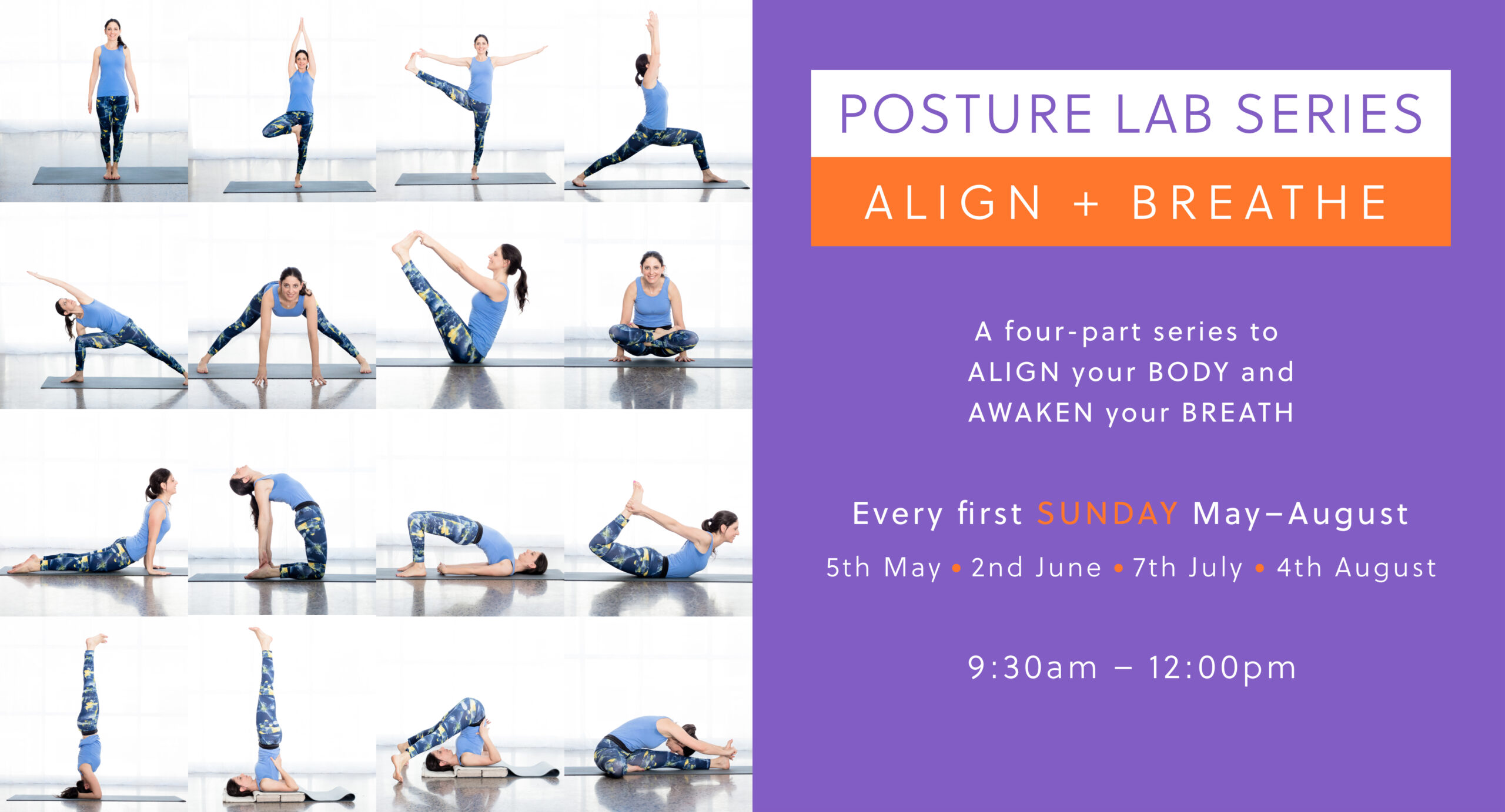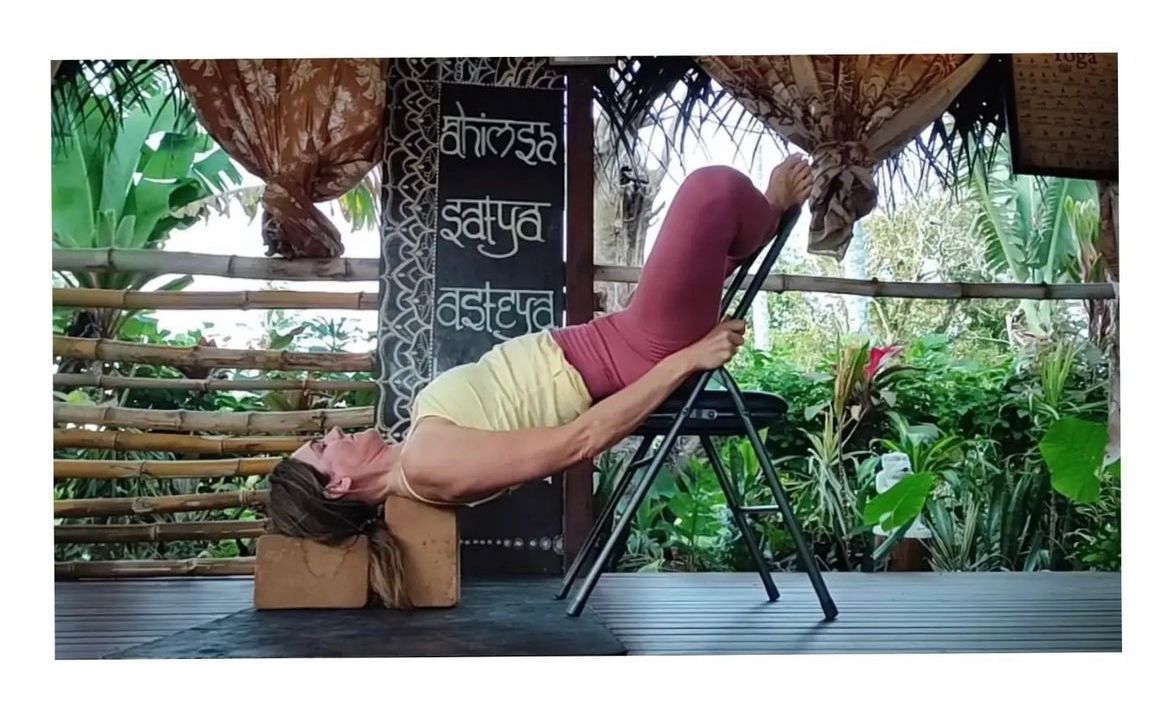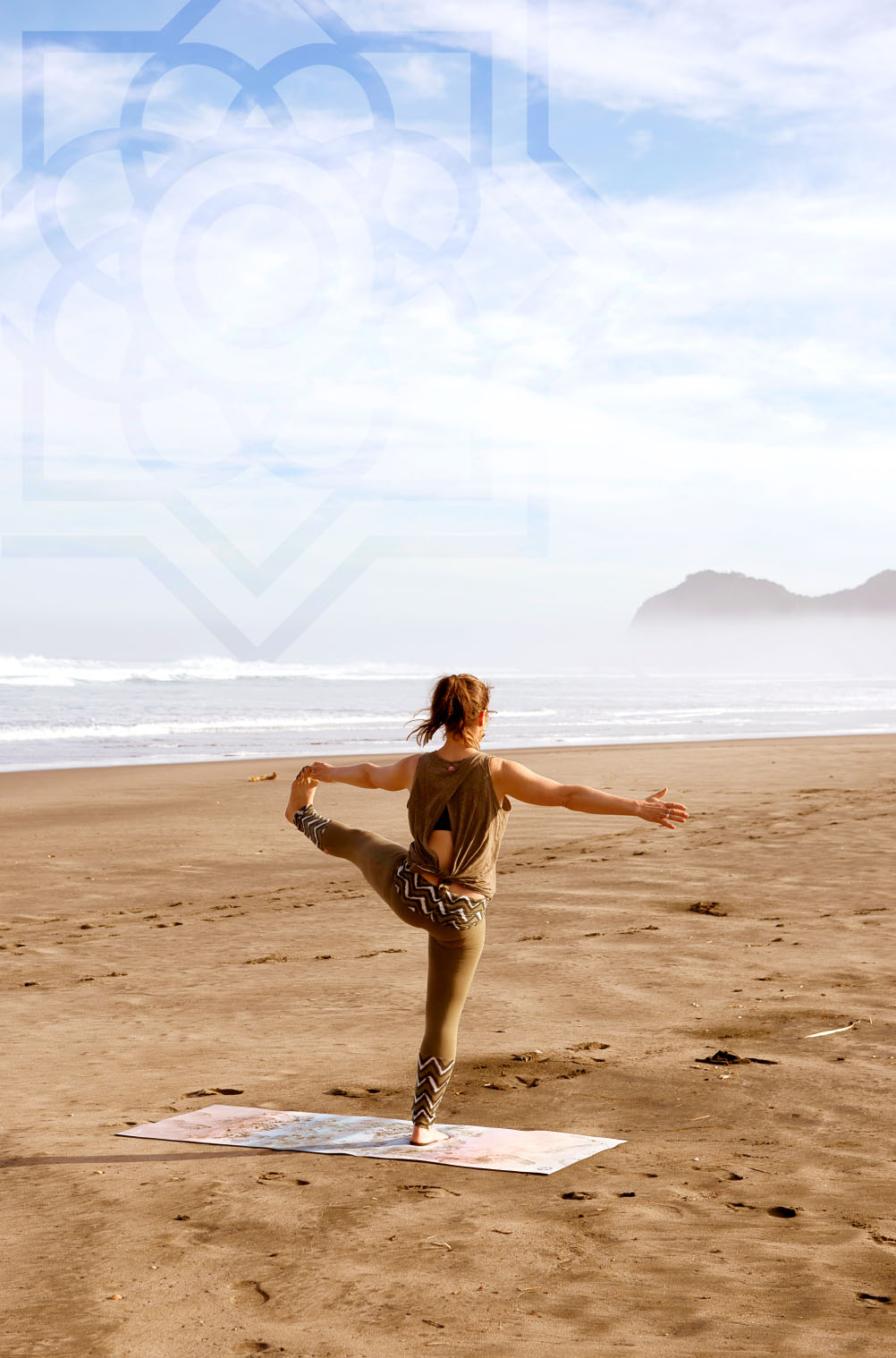Yoga is the study of the functioning of the body, the mind and the intellect in the process of attaining freedom.
Yoga is the study of the functioning of the body, the mind and the intellect in the process of attaining freedom.
Geeta Iyengar
How do I start?
Are you interested in beginner’s yoga and learning the Iyengar method? Here’s a step-by-step guide to getting you on the mat.
- 11Head to our directory of Iyengar classes and teachers to find a yoga studio near you.
- 22Book a beginner's Iyengar yoga class or an introductory course if you are new to yoga. Classes may be casual (no booking required, pay for one class) or courses (anywhere between 5 - 10 weeks duration). Most Iyengar yoga studios offer Iyengar yoga classes at different levels so choose one that is right for you.
- 33Look for the teacher’s certification mark on their website or marketing materials. A certified teacher is licenced to display the Iyengar Yoga Certification Mark and only those who can display this mark have a certificate that is current and so is entitled to use the name of Iyengar.
- 44Wear breathable, loose-fitting clothing and ensure you have an extra layer in the winter to wear at the beginning and end of class.
- 55Eat your food early. Try not to eat at least 1.5 hours before class, 2 hours if possible. This is because some yoga postures practised don’t feel so good when you have a full tummy!
- 66Talk to your Iyengar yoga teacher about any medical problems or any other concerns ahead of your first class so that they will be able to give consideration to and understand your needs. With the training and ongoing learning and professional development the teacher receives over many years they are considered a professional in their field.
- 77Advise the teacher if you are menstruating or pregnant. If you are pregnant, check with the teacher and ask if the teacher is qualified to teach a pregnant woman. If they are not, ask for a referral to another Iyengar yoga teacher who is.
- 88Practice at your own pace. Iyengar yoga is not a competition. It’s to support you for the rest of your life.
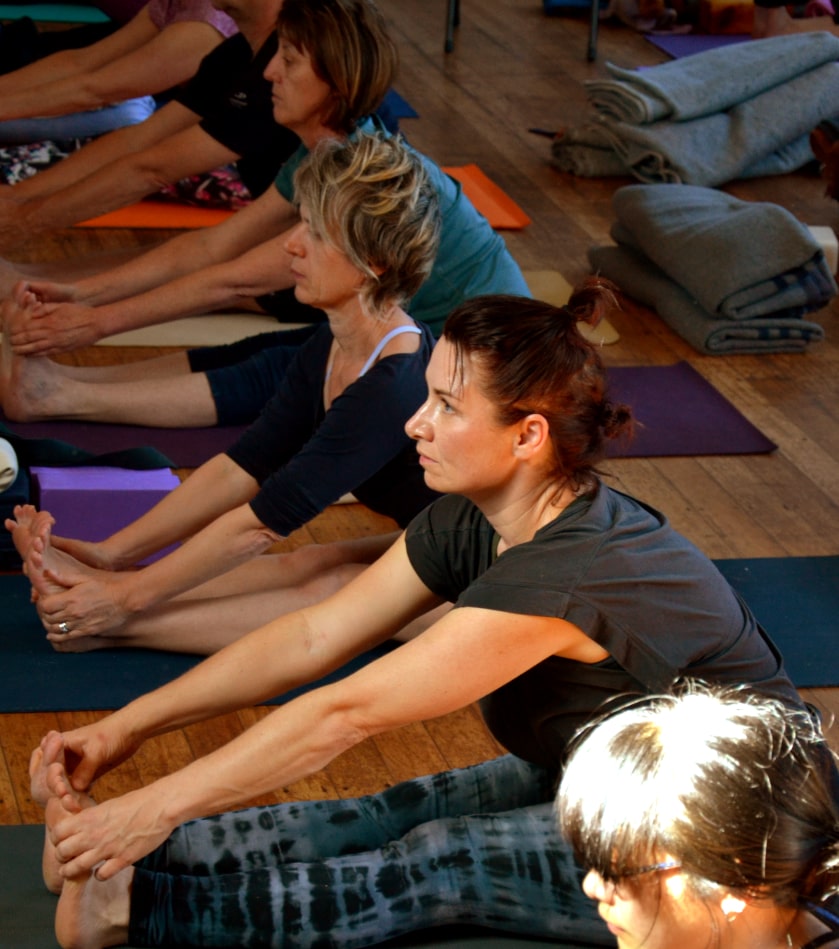
What to expect in an Iyengar yoga class
Several aspects of Iyengar yoga classes may distinguish them from other yoga practices. The practice and learning of Iyengar Yoga is orientated towards gradual but steady progress, rather than looking for quick and fleeting results.
Emphasis is given to different groups of āsanas (yoga postures). These may include standing postures, forward bends, backbends and quieter restorative seated and supine postures. Regular practice of āsanas help students with preparation for prāṇāyāma. This sequential learning gives students a solid all-round base on which to build their yoga practice.
Each class will have a freshness as the teacher will sequence, time and link the asanas differently. The benefits of such a practice are far-reaching and will assist the practitioner in every aspect of daily living. Progress in practice will depend on the individual – attitude, desire – but it will always be challenging. Guruji sees practice (sadhana) as a qualitative evolutionary process. After even one class students notice a difference in mental and physical health – concentration improves, emotions steady and they increasingly experience feelings of confidence and well-being.
It is through the alignment of the body that I discovered the alignment of my mind, self, and intelligence.

More about Iyengar yoga
Studying at RIMYI
RIMYI welcomes Iyengar Yoga practitioners all over the world for general and ladies classes.
B.K.S. Iyengar
Yogacharya BKS Iyengar is widely credited with introducing yoga to the western world.
Our Indian heritage
IYNZ has a proud history of Iyengar yoga teachers and practitioners who have learnt from the Iyengar family in India
Attend an event or workshop
Certified Iyengar yoga teachers from Wellington, Auckland and around Aotearoa New Zealand regularly host yoga retreats and workshops. Find an Iyengar yoga event near you.

